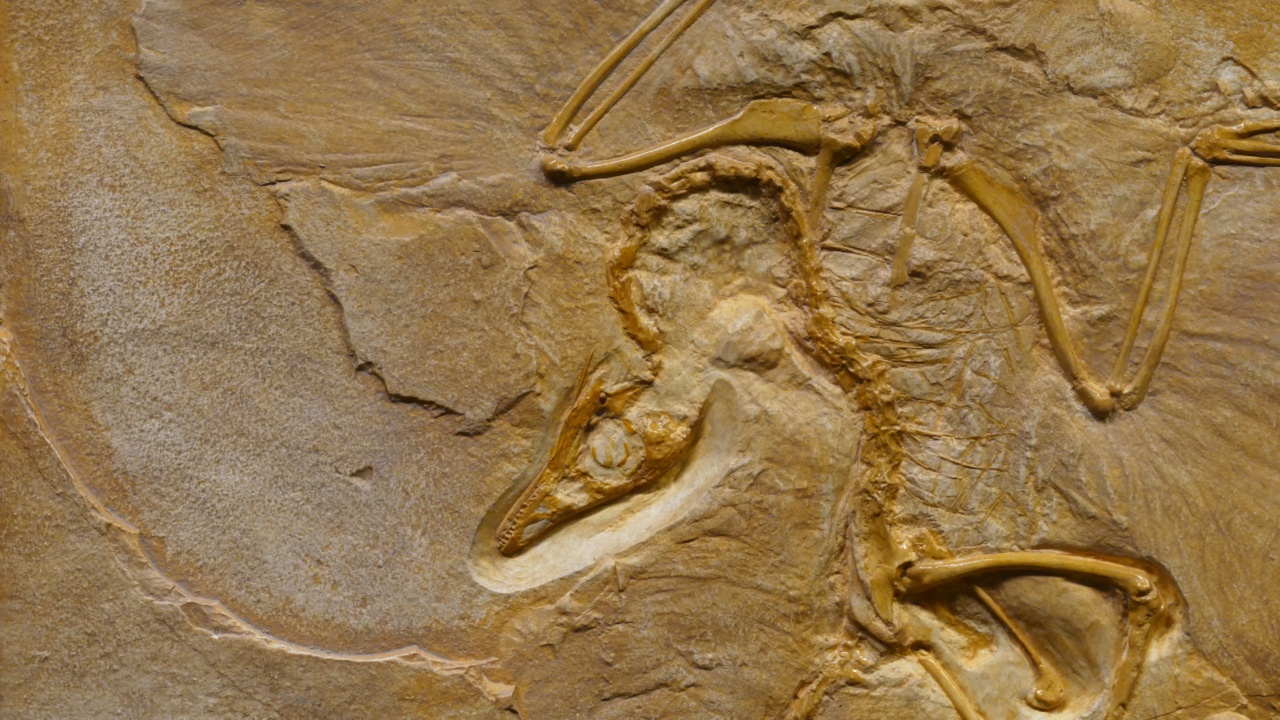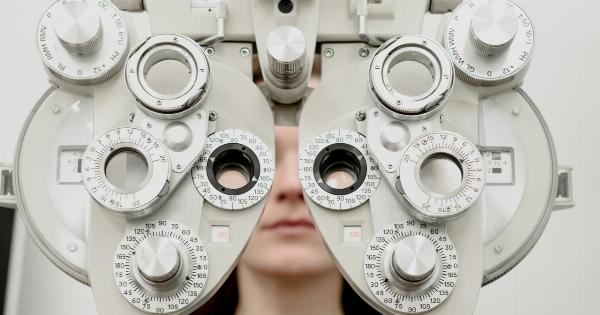Corneal transplants have come a long way since their conceptualization, revolutionizing the field of ophthalmology and offering hope to countless individuals with corneal diseases and conditions.
This groundbreaking procedure has seen significant advancements over the years, improving success rates and patient outcomes. In this article, we will explore the evolution of corneal transplants, from their early beginnings to the advanced techniques used today.
The Early Days of Corneal Transplants
The idea of replacing a damaged or diseased cornea to restore vision dates back to the late 17th century. However, it wasn’t until 1905 that the first successful corneal transplant was performed by Dr. Eduard Zirm, a Czech ophthalmologist.
This groundbreaking surgery paved the way for future innovations and techniques.
Advancements in Tissue Matching and Immunosuppression
One of the major challenges faced in corneal transplants was achieving successful tissue matches and preventing graft rejection. In the early years, the lack of knowledge surrounding tissue compatibility and immunosuppression led to high failure rates.
However, with advancements in medical research and the development of immunosuppressive drugs, the success rates improved significantly.
Introduction of Lamellar Transplants
In the mid-20th century, lamellar corneal transplants were introduced as an alternative to full-thickness transplants.
This technique involved replacing only the diseased or damaged layers of the cornea, allowing for faster healing and reduced risk of rejection. Lamellar transplants revolutionized the field and became the preferred method in certain cases.
Corneal Transplants and Eye Banking
The establishment of eye banks played a crucial role in the evolution of corneal transplants. Eye banks are responsible for collecting, processing, and distributing corneal tissues for transplantation.
The implementation of standardized protocols for tissue retrieval, evaluation, and preservation ensured the availability of high-quality corneal grafts, enhancing the success rates of transplant surgeries.
Development of Microsurgical Techniques
Advancements in microsurgical techniques and instrumentation further improved the outcomes of corneal transplants.
The introduction of surgical microscopes, finer sutures, and delicate instruments enabled surgeons to perform more precise procedures with better visual outcomes.
Endothelial Keratoplasty: A Game-Changer
One of the most significant milestones in corneal transplant evolution was the advent of endothelial keratoplasty.
This technique preserves the patient’s corneal shape, architecture, and strength by replacing only the diseased endothelial layer at the back of the cornea. Endothelial keratoplasty resulted in faster recovery, reduced risk of complications, and improved visual outcomes compared to traditional full-thickness transplants.
Advances in Tissue Engineering
In recent years, tissue engineering has emerged as a promising field in corneal transplant research. Scientists are exploring various methods to create bioengineered corneas using synthetic materials, stem cells, and tissue scaffolds.
These advancements have the potential to overcome the limitations of donor tissue availability and improve the long-term outcomes of corneal transplant surgeries.
The Future of Corneal Transplants
Looking ahead, ongoing research and technological advancements continue to push the boundaries of corneal transplants.
Scientists are developing innovative techniques, such as laser-assisted corneal transplants and gene therapy approaches, to further enhance surgical outcomes and patient recovery.
Conclusion
The evolution of corneal transplants from their conceptualization to the advanced procedures of today has transformed the lives of countless individuals suffering from corneal diseases and conditions.
Through the relentless pursuit of medical knowledge and continuous advancements in surgical techniques and immunosuppressive therapies, corneal transplants have become a highly successful and widely performed procedure. As research and innovation continue, the future holds even more exciting possibilities for corneal transplant recipients.





























